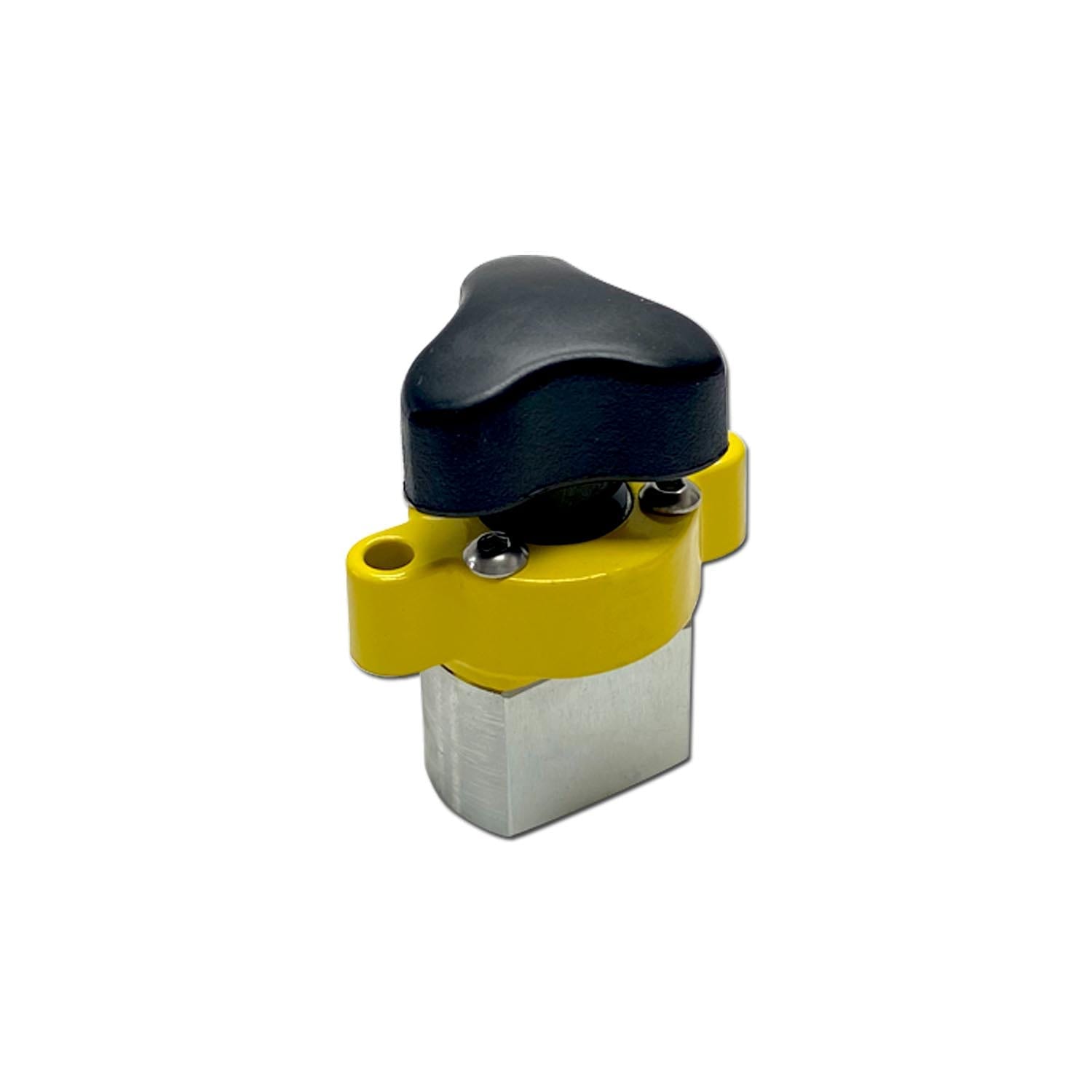

AlnicoĪlnico magnets get their name from the first two letters of each of three main ingredients: aluminum, nickel, and cobalt. However, they can be expensive and have low-mechanical strength.
#On off magnet series
The second series (Sm2Co17) has a range that falls between 22 and 30 MGOe. The first series (Sm1Co5) has an energy product range of 15-22 MGOe. Two different groups of SmCo magnets exist, divided based on their product energy range. They are also highly oxidation-resistant and temperature resistant, withstanding temperatures up to 300 degrees Celsius. Like NdFeB magnets, SmCo magnets are also very strong and difficult to demagnetize. They are very strong magnets and are difficult to demagnetize. If treated with gold, iron, or nickel plating, they can be used in many applications. However, NdFeB magnets have low mechanical strength, tend to be brittle, and low corrosion-resistance if left uncoated. Because of this high product energy level, they can usually be manufactured to be small and compact in size. They have an extremely high energy product range, up to 50 MGOe. This type of magnet is composed of rare earth magnetic material, and has a high coercive force. There are typically four categories of permanent magnets: neodymium iron boron (NdFeB), samarium cobalt (SmCo), alnico, and ceramic or ferrite magnets. Below we breakdown the various types of magnet available. By adjusting the strength and direction of the current, the strength of the magnet is also altered. Electromagnets are wound coils of wire that function as magnets when an electrical current is passed through.


Temporary magnets are materials magnets that perform like permanent magnets when in the presence of a magnetic field, but lose magnetism when not in a magnetic field. Permanent magnets are magnets that retain their magnetism once magnetized. Of course, not all magnets are composed of the same elements, and thus can be broken down into categories based on their composition and source of magnetism. This allows you to clean it more easily, and the adhesive force of the magnetic welding angle will last longer.Magnets are objects that generate a magnetic field, a force-field that either pulls or repels certain materials, such as nickel and iron, but what are magnets made of and what are the different types of magnets? We give you everything you need to know about the types of magnets and their strengths and uses. When not in use, the welding angle will not attract nearby metal shards, thanks to the deactivated magnet.This will make it easier to position pipes or profiles, for example. Only activate the magnet inside the welding angle when it is in the correct position.With the magnetic welding angle, ferromagnetic objects such as sheet metal, metal profiles or pipes can be aligned at angles of 45 or 90 degrees before welding.Here are the advantages of the welding magnet small:
#On off magnet professional
A truly practical soldering and welding tool for DIY enthusiasts as well as professional craftsmen. The magnetisation can be turned on and off with a toggle switch. The welding magnet, also known as a welding angle, works with sheet metal, plates, pipes, angle profile and round materials. This small welding magnet eliminates the need for an awkward grip while welding, freeing both your hands to concentrate on your work.


 0 kommentar(er)
0 kommentar(er)
